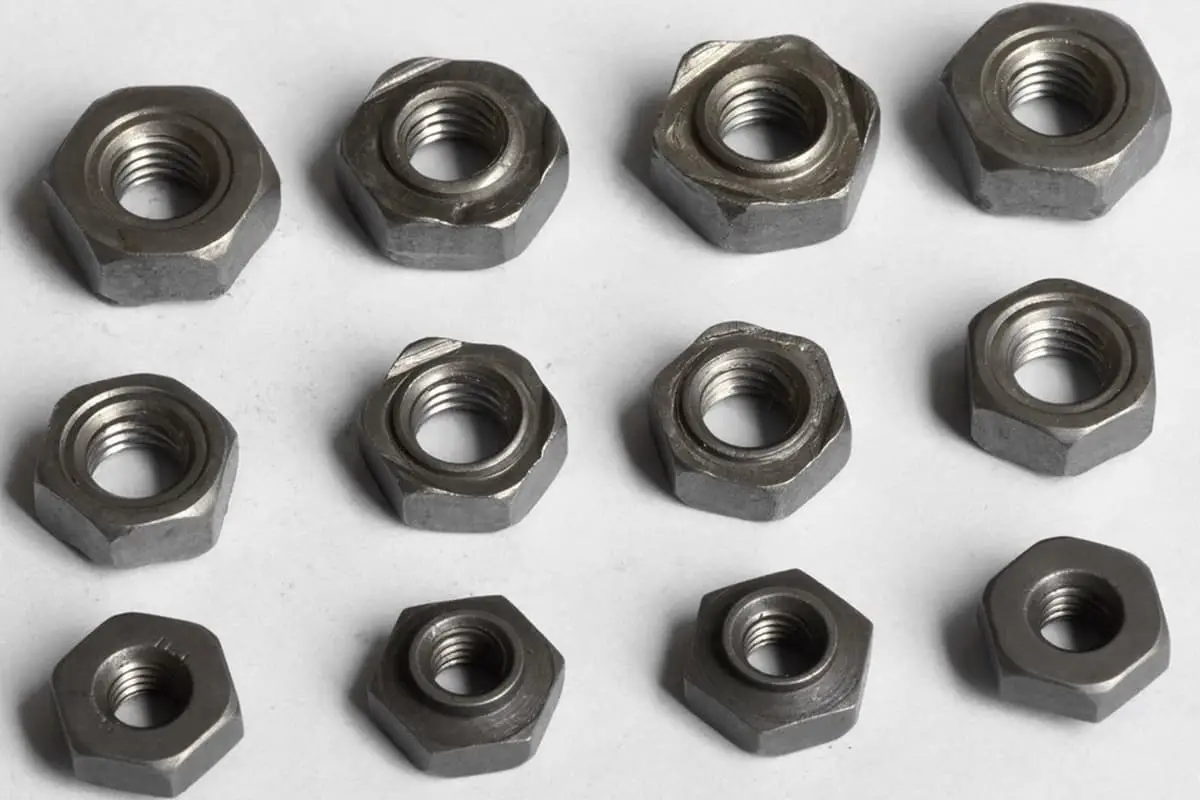
A few days ago, an engineer asked about the selection of lubricants for bearings. The lubricant manufacturers had provided a plethora of performance indicators, but the meanings behind these parameters were unclear. Today, we will discuss the basic parameters and their meanings for motor bearing lubricants. Bearing Lubrication In terms of bearing lubrication, there are […]

A few days ago, an engineer asked about the selection of lubricants for bearings. The lubricant manufacturers had provided a plethora of performance indicators, but the meanings behind these parameters were unclear.
Today, we will discuss the basic parameters and their meanings for motor bearing lubricants.

In terms of bearing lubrication, there are solid lubricants, liquid lubricants, and grease lubricants. For motors, grease lubrication is most commonly used. Large motors may use oil for lubrication, and motors for some special purposes might employ solid lubricants.
In this context, we will primarily focus on the parameters related to grease lubrication.
Generally, lubricating grease consists of a thickening agent, base oil, and additives. The parameters associated with these components constitute the main features of the grease.
From a component perspective, the grease possesses numerous parameters, including physical and chemical properties. Without elaborating on each parameter, here we focus on several commonly used ones in motor bearing lubrication: the drop point, penetration, and base oil viscosity.
In motor design, the lubrication performance of the grease is calculated through the base oil viscosity, while the suitability of the grease is assessed from the perspectives of drop point and penetration.

(1) Drop Point
As the temperature rises, the lubricating grease softens. The drop point is defined as the temperature at which the first droplet (or column) of liquid flows out of the experimental container when the lubricating grease is heated under specified conditions. The test methods for the drop point include:
1) GB/T270
2) GB/4929, ASTM D566, ISO2167
3) GB3498, ASTM D2665
If interested, you can look up these methods specifically. The details will not be expanded upon here. For motor engineers, the practical significance of the drop point in choosing lubricating grease is as a temperature boundary.
Generally, the maximum usage temperature of the lubricating grease should be 30-50 degrees lower than the drop point. For low-speed scenarios, the maximum usage temperature of the lubricating grease should be 15-30 degrees lower than the drop point. (The definitions of high speed and low speed will be introduced in articles related to rotational speed.)
Applying the drop point directly as the maximum usage temperature of the grease is often inappropriate.
Some manufacturers will provide the working temperature range of the lubricating grease directly, which is more helpful for motor engineers when choosing. It is important to note that simply choosing a lubricating grease within the drop point range is not sufficient. The final selection must also involve viscosity considerations and calculations.
(2) Penetration
Penetration, also known as cone penetration, is a measure of the viscosity of fats and oils, or in other words, their degree of hardness or softness. Penetration refers to the depth to which a cone-shaped sample falls under specified load, time, and temperature conditions. The unit of measurement is 0.1mm. The greater the penetration, the softer the fat or oil, and vice versa.
Penetration can be measured using GB/T269-91. The equivalent international standard is ISO/DIS2173.
There are distinct differences between working and non-working penetration. It is mostly used to test the stability of fats and oils under load. This is achieved by comparing the penetration before and after the fats and oils are put to work.
Penetration is divided into nine grades:
| NGLI viscosity classification | JIS viscosity classification | Penetration range |
| No.000 | No.000 | 445~475 |
| No.00 | No.00 | 440~430 |
| No.0 | No.0 | 355~385 |
| No.1 | No.1 | 310~340 |
| No.2 | No.2 | 265~295 |
| No.3 | No.3 | 220~250 |
| No.4 | No.4 | 175~205 |
| No.5 | No.5 | 130~160 |
| No.6 | No.6 | 85~115 |
Typically, the lubricating grease used in electric motor bearings is either grade 2 or 3, with other grades being seldom used. The selection of grease grades will be specifically addressed in subsequent articles.
(3) Base Oil Viscosity of Grease
Grease is composed of a thickener (soap base), base oil, and additives. The base oil is particularly important. There are many parameters of base oil, among which the most significant for motor engineers is the base oil viscosity.
This viscosity is an indicator of the friction within the lubricant. Without additives, the greater the viscosity, the higher the oil film strength, and the poorer the fluidity. Detailed calculation methods will be introduced later.
The above only describes the three most critical indicators for motor bearing lubrication. In fact, there are many other indicators for electric motor bearing lubrication, such as viscosity index, flash point, pour point, and so on.
Based on my practical experience, mastering the application of the above three indicators can solve over half of the lubrication selection problems faced by motor engineers.








